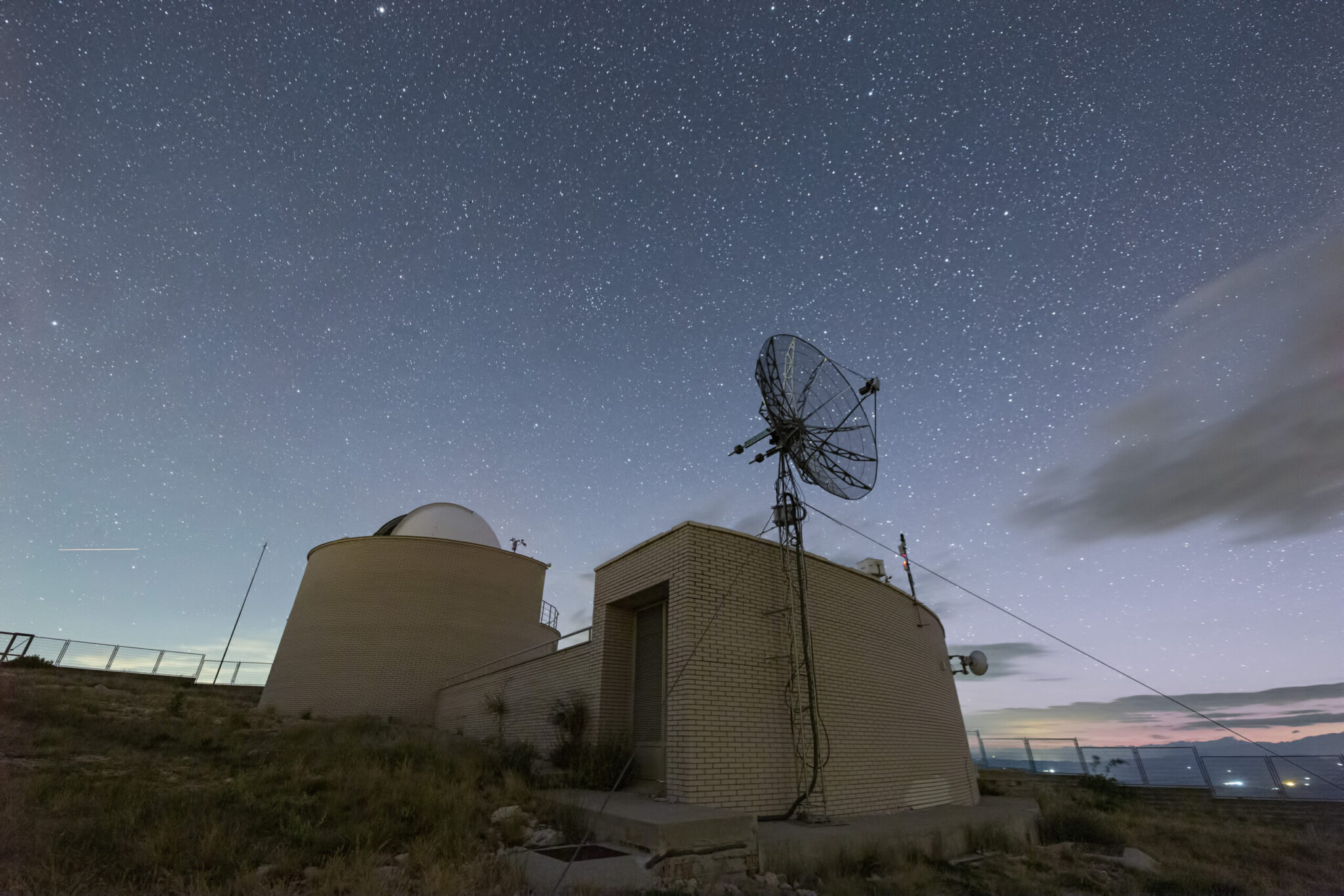The IEEC receives funding from the ‘Complementary plan’ for Astrophysics and High-Energy Physics to develop the PhotSat satellite

The Institute of Space Studies of Catalonia (IEEC – Institut d'Estudis Espacials de Catalunya) will receive 3.6 million euros to finance the PhotSat project. This involves the development and construction of a satellite to track the 10 million brightest stars in the sky for at least two years. Using an ingenious system of rotating mirrors, the satellite's two telescopes will take measurements of almost the entire sky every two days. These telescopes will have a diameter of about 10 cm and will be optimised for observing from ultraviolet to visible light. The measurements, which will be especially accurate for bright stars, will be useful for a variety of scientific programmes, including the search for exoplanets, characterisation of stars and observation of transient phenomena, among many others.
PhotSat will be a cubesat with a planned size of 12 units (each unit is a cube of side 10 cm) and a total weight of between 10 and 20 kg. The satellite will circle the Earth in a low orbit, at an altitude of 500 km, and will communicate and download the data it produces via the Sant Esteve de la Sarga Teleport at the Montsec Observatory. PhotSat will be the first scientific satellite developed entirely (from the design phase to operations) by the IEEC and its academic and industrial ecosystem, so it will generate valuable experience around Newspace technologies and contribute to enhance public-private collaboration.
The ‘Complementary plans’ are state collaborations with the Autonomous regions in R&D&I actions in which synergies can be established. This instrument, created within the framework of the Recovery, Transformation and Resilience Plan, is part of Spain's strategy to channel European funds from the Recovery and Resilience Mechanism, a key part of the NextGenerationEU economic stimulus programme.
